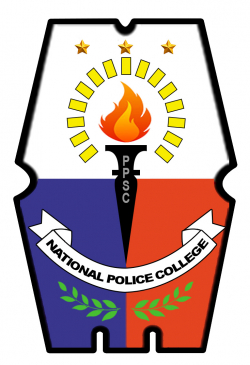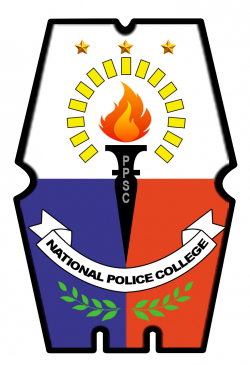EFFECTIVENESS OF BARANGAY DRUG CLEARING PROGRAM IN THE MUNICIPALITY OF BASUD, CAMARINES NORTE

Type
Thesis
Authors
PCPT DIANA R DE VERA, PCPT LENY T ENCINAS, PCPT ELMER M FAJEL, PCPT EMIL BRIAN P FARMA, PCPT GARRY G ( , PCPT MICHAEL H LASPUÑA, PCPT JUDE G NICOLASORA, PCPT ALBERT PENUS, PCPT DINO PAULO D RAMOS, PCPT RANDY N RICAFRENTE )
Category
PSOAC
[ Browse Items ]
Publication Year
2020
Tags
Abstract
Part 1. CASE STUDY
Introduction
The War on Drugs has been a hard case to crack for several decades, both globally and locally. Needless loss of lives, properties, and even moral and social degradation of a nation are just some of its gruesome effects, not to mention its toll on the national economic growth and development.
President Rodrigo Roa Duterte targeted this problem upon his installation as President of the Philippines. He eyed to clear the country of this seemingly old-age problem. He then directed the Philippine National Police (PNP) to launch comprehensive actions through Command Memorandum Circular No. 16, issues on July 1, 2016. These actions focused on anti-illegal drug campaigns in massive implementation. In answer to this, the Department of Interior and Local Government (DILG), the Dangerous Drugs Board (DDB) collaborated with the PNP to intensify and maximize this campaign even at the barangay level. It is at this junction that the researchers delved into the level of effectiveness and best practices of the Barangay Drug Clearing Program of the Municipal Police station of Basud, Camarines Norte.
Basud is part of the “Gateway to Bicolandia” since the province is the bridge wherein people from other provinces get to pass first before arriving at the heart of the Bicol Region. It is a coastal town with the total land area is 26,028 hectares. In the past, Basud was played like a volleyball between Camarines Norte and Camarines Sur until it was given its independence as a town in 1836.
Its estimated population based on Census of 2015 is 41,017 and expected to increase at a certain rate as the years advance. It is comprised of 29 barangays, covering the Maharlika Highway and coastal areas in its boundaries.
Agriculture is largely the source of income of this town, with land travel as it means of transportation. Historically, the first encounter with the Japanese soldiers in Camarines Norte, ignited by the beheading of a teen started here. It has its own boasts of tourist spots such as the renowned Mangcamagong Beach, Little Tagaytay Resort, the clean Basud River, the seven falls of San Pascual, and the location of the Mother Tree believed to be a hundred years old.
Each of the 29 barangays of Basud has organized its own Barangay Anti-Drug Abuse Council (BADAC) as its first line of defense addressing drug-related crimes. This council is comprised of the Barangay Captain as Chairperson, with the Barangay Councilors, Barangay Peace and Security Officers (BPSO), and selected stakeholders representing each smaller units of the barangay as members.
Each of the members, including the chairperson, himself, has specific roles and functions to fulfill in the said council. All of them collaboratively plan, strategize, implement, facilitate, monitor, and evaluate activities and programs to combat the proliferation of illegal drugs and drug related circumstances in their respective barangays considering their geographical location, culture and norms, economic, social, and religious activities.
Their utmost targets are to prevent and stop drug circulation and use, and criminalities related to these in assistance to the law enforcers. These activities are reported periodically to the Municipal Police Station of Basud.
This study analyzed the effectivity of the interventions conducted by each BADAC, the best practices done by those barangays who has attained the Drug-Clear status, and identified other modified means to attain the said status based on set parameters. These parameters include: 1) non-availability of drug supply, 2) absence of drug transit or transshipment activities, 3) absence of clandestine drug laboratory, 4) absence of clandestine drug warehouse, 5) absence of clandestine chemical warehouse, 6) absence of marijuana cultivation site; 7) absence of drug dens, dive or resorts, 8) absence of drug pusher 9) absence of drug user/dependent, 10) absence of protector/cuddler, 11) active involvement of barangay officials in anti-illegal drugs activities
Number of Copies
1
| Library | Accession No | Call No | Copy No | Edition | Location | Availability |
|---|---|---|---|---|---|---|
| NPC Library | 676583 | 1 | Yes |




